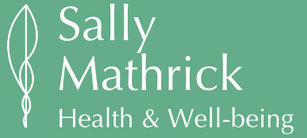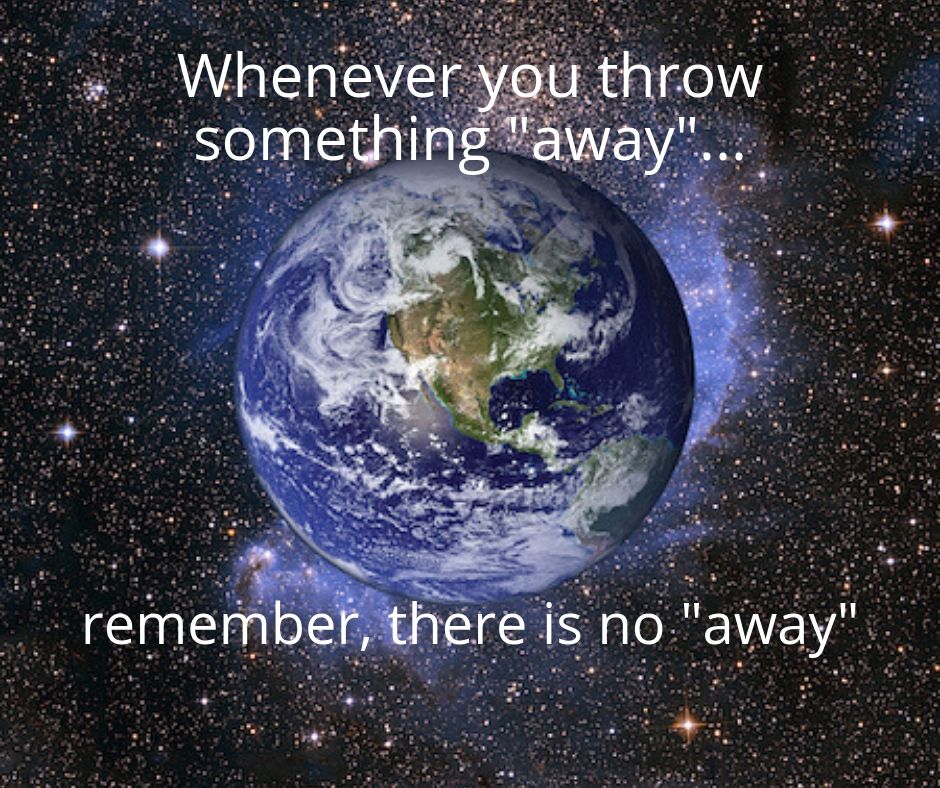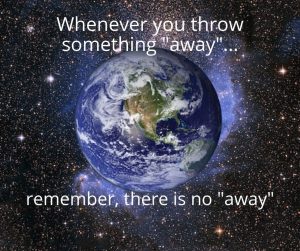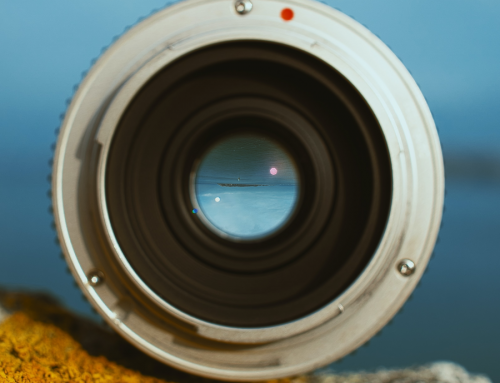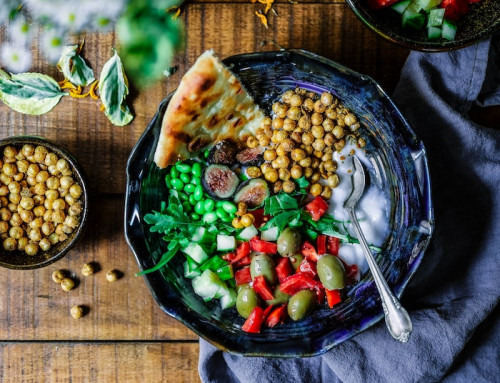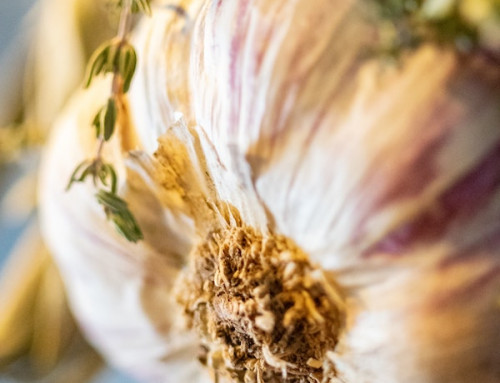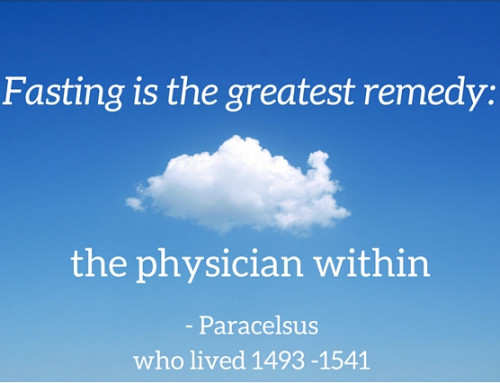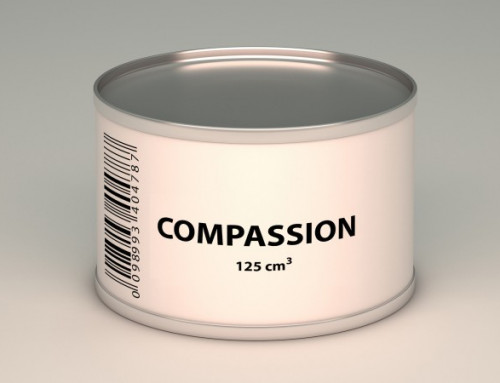Not so fantastic plastic
This ubiquitous, synthetic material can be shaped into virtually anything and has infiltrated virtually every corner of our modern world. If you look around right now, can you see any? A biro, phone, glossy labels, bottles of cleaning products, sticky tape, credit cards, sunglasses frames, computers, food containers, traffic light covers, toothbrushes…
Most plastic is a petroleum by-product, made from an array of organic polymers such as polyvinylchloride (PVC), nylon and polyethylene. It is an amazing substance that provides our life with ease, convenience and affordability, like nothing else ever has.
But we now know, there is a significantly less glossy side to plastic.
The questionable effects of plastics on human cellular processes were hinted at over 20 years ago.
In early 1988, Soto and Sonnenschein’s laboratory studies into cell proliferation and inhibition at Tufts Medicine School Boston went haywire. They couldn’t understand what was causing a runaway growth rate in their controlled trials. It took 2 years to identify the cause; a new plastic resin used in test tube manufacture to make them less brittle. This accidental discovery provided evidence of “xeno estrogens” effecting cellular functioning.
Xeno-estrogens literally means “foreign-estrogens” and are chemicals that mimic the action of naturally occurring hormones.
Hormones act on our whole being, significantly affecting growth and development, brain and reproductive function. Xeno-estrogens seem to affect the same receptors as naturally occurring estrogens, creating disruption to normal endocrine (hormone) function.
Evidence of plastics interfering with health has been mounting for decades.
The health effects of plastics are challenging to pin down scientifically due to:
- imprecise exposure assessment – there are chemicals everywhere, so how much are we exposed to?
- the large number of synthetic compounds – which one/s of the many do you study in isolation?
- their essentially unknown effects in living tissue – what happens in a petri dish, doesn’t necessarily happen in a living system the interactions between these compounds in living tissue – compounds do chemistry, within a biochemical soup, it is very difficult to follow what’s going on.
Colburn, Myers and Dumanoski published Our Stolen Future (1996) detailing the scientific evidence of synthetic chemicals (from plastics and pesticides) effecting fertility and intelligence in animals and humans. More recent studies show an association between high levels of one plastic ingredient, Bisphenol A (BPA – found in some hard plastics), and miscarriage in both humans and mice. Also various cancers, ovarian dysfunction, altered immune function, altered behavioural effect (including hyperactivity), drops in sperm count and alterations in bone formation are all hypothesised to be associated with various chemicals, found in plastics.
Join Sparkle Detox Comprehensive Online Course for a step by step, doable detox for both you and our planet.
Is BPA-Free better? Maybe. However, what is the replacement chemical, and has that been tested and scrutinised? Possibly not.
Environmentally, plastics are wreaking havoc on earth and in water. Plastic ends up in landfill and waterways. Plastic ends up in landfill and waterways.
The North Pacific Ocean’s gyre has a plastic rubbish island estimated to be as large as the Northern Territory, and growing. Nurdles, tiny plastic pellets, heavily contaminate oceans and are being eaten by various marine life, disrupting their lifecycles and toxifying their bodies. A million disposable cups are used in airplanes every 6 hours. The rate of plastic use throughout the world is increasing, frighteningly quickly.
Plastic takes a long time to breakdown. Some suggest the next big mining boom will be in discarded plastics. Let’s stay tuned.
Now then, WAIT!! Before reaching to overdose on some plastic encapsulated sleeping pills, consider this…
As an adjective, “plastic” describes the ability of adaptation and adjustment.
Neuroplasticity, for example, describes the ability of neurons in our central nervous systems to adjust and adapt to variations in our world.
We are capable of major change.
Our Earth is our body.
That is to say, all the components that create our bodies come from the earth. This ancient understanding of interconnectedness is now re-entering mainstream consciousness. There is still hope, our future can be reclaimed with empowered collective effort.
Firstly, don’t hold in or suppress your despair and worry. Doing so holds your body in a state of tension and will less easily undergo normal detoxification processes. Discuss, express and feel your emotions concerning this topic with friends and family who love and support you. Decide to make a change right now, it’s the only moment you have!
Now, get active.
Refuse, reduce, reuse, recycle is the mantra : and in that sequence.
13 IDEAS ON HOW TO REDUCE THE TOXIC MAYHEM
- Take your shopping bag and fill it with products that satisfy the following questions:
“Is this the best plastic-free alternative?”,
“Do I really need this?”
“Will it last a long time?”
“Can it be re-used or re-cycled?” - Avoid PVC found in shower curtains, cling film/plastic wrap, plastic squeeze bottles, vinyl things.
PVC is a proven carcinogen.
Use waxed paper in your kitchen instead of cling film/plastic wrap.
Find alternatives to shower curtains and vinyl. Look and avoid #3 - Never use plastics for any hot food or drink.
- Reduce oily or fatty foods touching plastic.
- Avoid canned foods with plastic inner coating.
- Avoid scratched plastics, especially children’s sippy cups.
- Avoid polystyrene like NYC now has (with some resistance)
- Buy bulk to avoid excessive packaging
- Use your consumer power: write to your favourite product companies asking for plastic free options – one letter from you represents hundreds of voices to them.
- Support alternatives to plastic; corn starch containers (polylactic acid PLA), laminates made from potato, corn, rice and tapioca, cardboard from banana leaves
- Buy stainless steel or pyrex containers for reusable lunch boxes and food storage
- Invest in a water purifier and drink from a glass.
Simply stop buying water in plastic bottles. Could you make your life plastic bottle free? - Invest in quality products that have fewer plastic components and long warranties.
Due to cost, lack of incentive and variability of factors involved very few randomised trails looking at how to remove xeno-estrogens from humans have been undertaken.
A fundamental tenet of Naturopathy directs us to remove the cause, namely the exposure to these chemicals. Then keeping the body’s detoxification organs and channels optimally functioning will help reduce holding the toxins, thus reducing their negative effects.
Join Sparkle Detox Comprehensive Online Course for a step by step, doable detox for both you and our planet.
Supporting liver function is undoubtedly paramount. Both phases of liver detoxification should be supported, however phase-two processes, glucuronidation, sulphation and glycination are most important. Glucuronidation is aided by balancing blood glucose levels and by supplementing a number of specific nutrients and amino acids.
Kombucha, the fermented drink, is believed to contain glucuronic acid and enhance glucuronidation. Increasing your intake of organic Brassica vegetables provides good levels of indole, a compound that helps the phase two liver enzymes to clear hormones. Taking a balancing liver herb, like St Mary’s thistle, is certainly a good start. St Mary’s thistle is also an antioxidant, an action that may help the body manage these hormone mimicking chemicals and repair the damage they may cause.
Maintaining healthy bowel flora may help to prevent the biotransformation of xeno-estrogens. This, combined with maintaining good levels of soluble fibre to help draw excess estrogens in the bile through the body via faeces, may also protect your exposure to these. So regularly enjoy apples, pears, psyllium husks, fresh linseed meal and organic live yoghurts.
Living totally without plastics may be unrealistic, however by conscious people choosing creative alternatives, we can reduce our dependence on the petro-chemical industries and reclaim our collective future.
Some Internet resources for more information:
Originally written Dec 2008 and previously published in Wellbeing Australia issue #120
Copyright Sally Mathrick – please cite www.sparklewell.com.au if using this information
